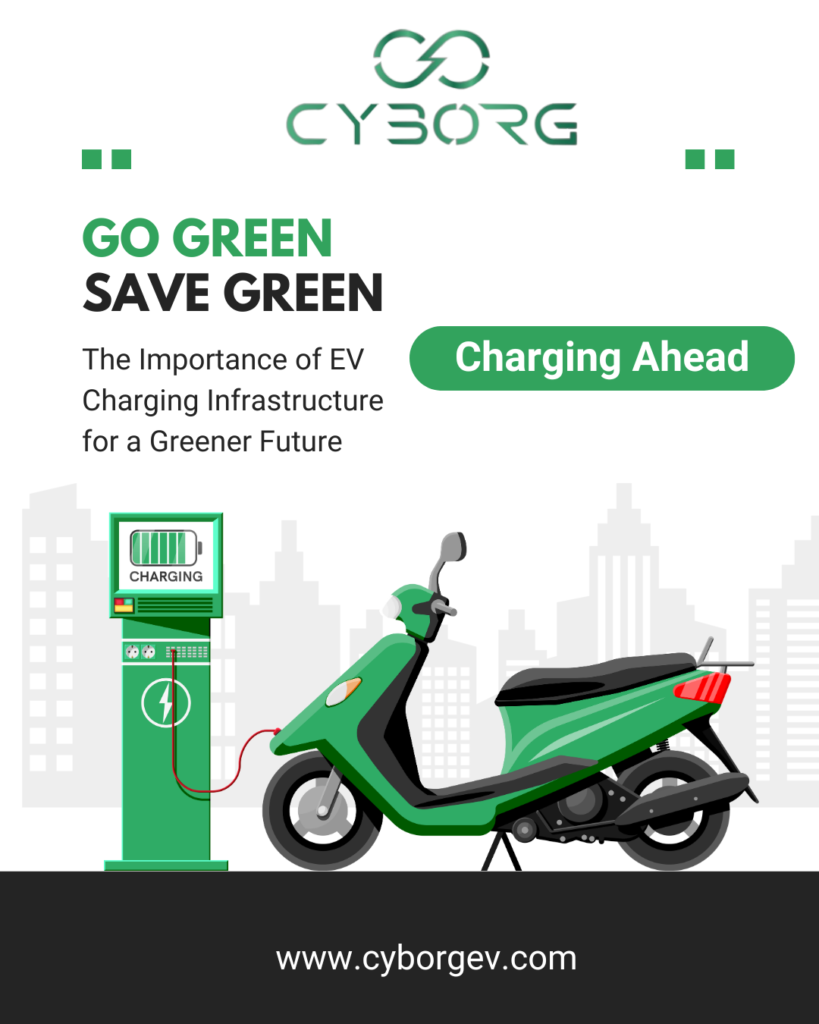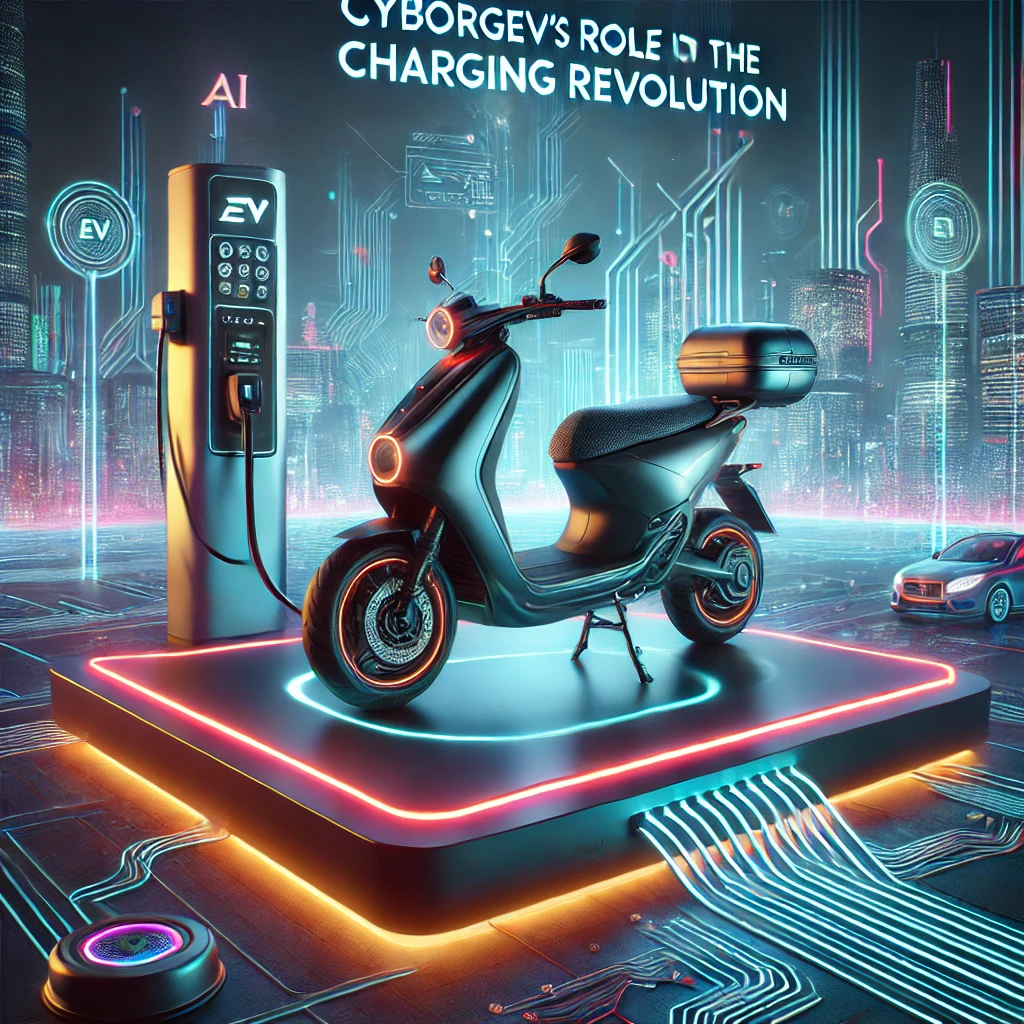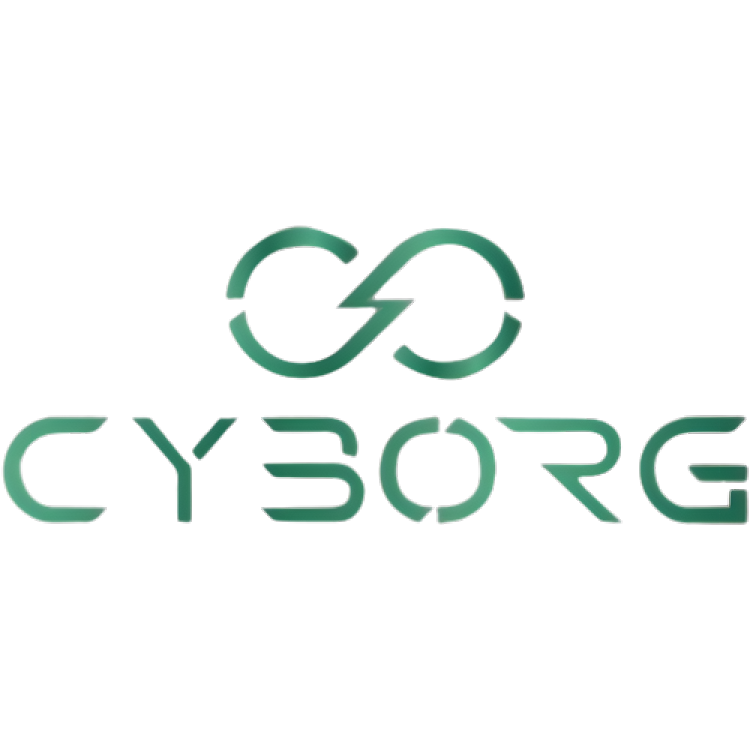Charging Ahead

The Importance of EV Charging Infrastructure for a Greener Future
One of the greatest barriers to the widespread adoption of electric vehicles (EVs) is the availability and accessibility of charging infrastructure. While the vehicles themselves are environmentally friendly, the ability to easily charge them is critical for consumers to make the switch from traditional gasoline-powered vehicles to EVs. This blog explores the growing importance of EV charging infrastructure, its role in enabling the electric vehicle revolution, and the steps being taken to ensure a greener future.
Why Charging Infrastructure Matters
The development of EV charging infrastructure is essential for creating a seamless transition to electric vehicles. Without a robust and widespread network of charging stations, potential EV owners may hesitate to make the switch due to concerns about range anxiety — the fear of running out of battery without a nearby charging point. Range anxiety is one of the top concerns cited by consumers considering an EV purchase. As such, the availability of easily accessible charging stations is a crucial factor in encouraging EV adoption on a mass scale.
Charging infrastructure can take several forms, including home charging stations, public charging points, and fast-charging networks that are designed to enable longer trips. For urban and rural areas alike, the presence of a reliable charging network is key to making electric vehicles practical and convenient for everyday use.
Types of Charging Stations
- Level 1 Chargers: These chargers use a standard 120V outlet, typically found in homes. Level 1 charging is the slowest form, often providing around 2 to 5 miles of range per hour. It’s ideal for home use, particularly for people who drive short distances daily.
- Level 2 Chargers: These are more commonly found in public spaces, workplaces, and some residential homes. Level 2 chargers operate on a 240V circuit and provide a faster charging rate, delivering around 10 to 20 miles of range per hour.
- DC Fast Chargers: These are high-speed chargers designed for long-distance travel and are typically found along highways. DC fast chargers can add 60 to 100 miles of range within 20 to 30 minutes, making them essential for drivers who need to quickly charge while on the go.
The Role of Public and Private Sector Investment
A major challenge in scaling EV adoption is the need for widespread and accessible charging stations. Governments around the world have recognized this need and are increasingly investing in the development of public charging infrastructure. Many countries are offering grants, incentives, and rebates to companies that build charging stations, with a focus on expanding coverage in underserved areas.
Private companies are also stepping up to the challenge. Automakers, including CyborgEV, have begun partnering with energy companies to build EV charging networks, ensuring that drivers have access to reliable charging stations. By focusing on collaboration between automakers, energy providers, and local governments, the private sector plays a critical role in addressing the charging infrastructure gap.

CyborgEV’s Role in the Charging Revolution
At CyborgEV, we understand the importance of charging infrastructure in driving EV adoption. That’s why we are actively involved in efforts to expand and improve the EV charging network. By working with local and global partners, we are helping to provide more charging stations, both for our customers and for the larger community. Our EVs are designed to be compatible with a wide range of charging stations, and we also provide recommendations and partnerships for home charging solutions, making it easier than ever to charge your vehicle at home.
The Future of Charging Infrastructure
As the demand for electric vehicles grows, so too will the need for faster, more efficient charging networks. The future of EV charging will likely involve innovations such as wireless charging, ultra-fast charging stations, and integration with renewable energy sources like solar power. CyborgEV is committed to being part of this evolution, ensuring that our vehicles are ready for the future of charging, and our customers can enjoy a seamless experience.
Conclusion
The expansion of EV charging infrastructure is a fundamental pillar of the transition to a greener future. By addressing concerns like range anxiety and ensuring that drivers have access to convenient and efficient charging solutions, we can accelerate the adoption of electric vehicles. At CyborgEV, we’re committed to ensuring that our customers not only enjoy the benefits of driving an EV but also have access to the charging infrastructure they need to make electric transportation a reality.
Quick Links
Quick Links
Product’s
- Two Wheeler
- E-Rickshaw
- E-Loader
Quick Links
- Terms & Conditions
- Privacy Policy

